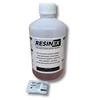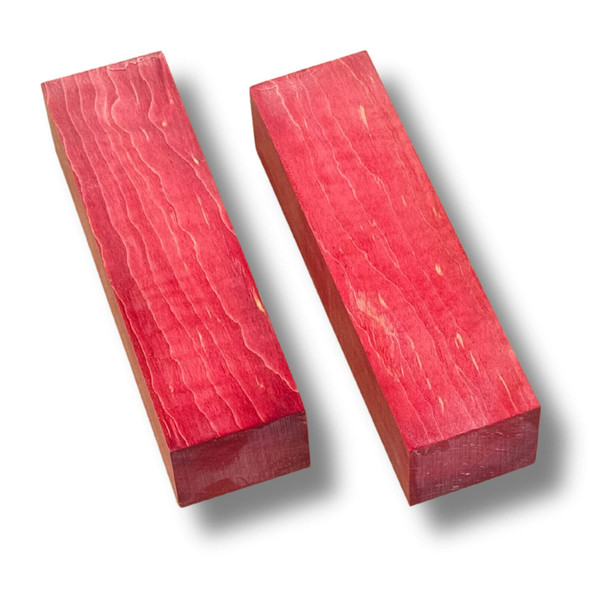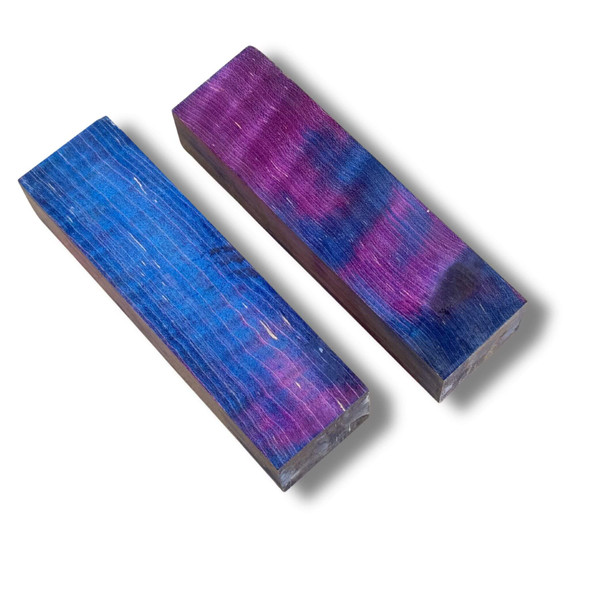RESINEX
Resinex Wood Stabilising Resin 3L – Cactus Juice Alternative for Timber
- Gift wrapping:
- Options available
Bulk discount rates
Below are the available bulk discount rates for each individual item when you purchase a certain amount
| Buy 4 or above | and get $13.09 off |
Description
Resinex Wood Stabilising Resin – 3L Pack with Activator
Cactus Juice Alternative | For Knife Handle Blanks, Timber & Antler | Ships Australia Only
Overview:
Resinex is a high-performance wood stabilising resin used by knife makers, woodturners and DIYers to harden and stabilise timber, burls, antler and other porous materials. This 3L kit includes resin and activator crystals, ideal for use with vacuum chambers and heat curing.
Note: Ships within Australia only via Standard Freight (liquid product – not eligible for Express or international shipping).
What’s Included:
- 1 × 3 litres Resinex stabilising resin
- 1 × Foil pack of activator crystals (pre-measured for full bottle)
Key Features:
- Cures solid in wood and antler
- Can be dyed with solvent-based dyes
- Deep penetration under vacuum
- Non-flammable formulation
- Trusted alternative to Cactus Juice and Eparency resins
How to Use:
1. Prepare the Wood
- Wood must be very dry (≤2% moisture).
- Dry in toaster oven at 100°C for 24 hrs.
- Cool in a sealed bag to avoid moisture reabsorption.
- Avoid oily woods (e.g. Cocobolo, Rosewood).
- Best for open-grain woods like curly birch, maple burl, etc.
2. Activate the Resin
- Add entire activator pack to 1-2 cups of resin and mix well
- Add this back to 3L bottle and shake well.
- If activating smaller amounts: use 2.1g activator per 1000g of resin.
- Let mixed resin stand for 30 mins before use.
- Keep resin cool after activation (ideally ≤25°C).
- Some extra activator is provided for ensuring all resin activates, this extra activator might fall to the bottom with no bad effects
3. Stabilise the Material
- Submerge dried blanks in activated resin inside vacuum chamber.
- Apply vacuum slowly to control foaming.
- Maintain vacuum until bubbles stop.
- Soak for at least twice the vacuum time.
- Note: Australian hardwoods may require days or weeks of soak time, unlike European woods like maple.
4. Cure in Oven
- Wrap each blank in foil individually.
- Preheat oven to 110°C (use a thermometer).
- Cure for 2–4 hours or until interior reaches 87–93°C for 10+ mins.
- Test one block – if still wet, cure longer.
* Higher temp might be needed 110-120C on your oven as ovens are often not very accurate on temp. Higher temp will not damage the wood but might mean more resin come out of the blanks before they cure. If this is a problem, use lower temperature and longer time.
Finishing the Blocks
- Remove foil and let blanks cool.
- Scrape or sand off excess resin.
- Weigh blanks before and after to measure uptake.
- Sand to 240 grit for a smooth finish.
Storage & Shelf Life
- Unactivated resin: Up to 18 months (store below 10°C).
- Activated resin: Use within a few months. Store cool or refrigerated.
- Do not mix activated and non-activated resin.
Clean-Up
- Wash vacuum chamber with dish soap and water.
- Store resin in plastic, glass, or metal containers.
- Do not cap sealed glass containers (risk of pressure build-up).
- Avoid long-term storage in PVC/acrylic chambers.
⚠️ Health & Safety
- Causes skin and eye irritation
- May cause allergic reaction or respiratory irritation
- Avoid swallowing; wear gloves and safety gear
- First aid instructions included on label
- For emergencies, contact Poison Information Centre: 131 126
More info: www.resinex.com.au
4 Reviews
-
Resinex
My pot started to gel on a very hot day on the bench whilst in use. Replaced it with a new 3kg bottle, delivered smartly to Canberra. I also found that Resinex is easily cleaned up with acetone, you learn something new every day! Thank you.
-
Resinex
Easy to use. when stabilising timber for projects
-
Resinex
Great follow up support
-
Great Stabilising Resin
As good as anything else on the market. Finished stabilised wood polishes up brilliantly.









